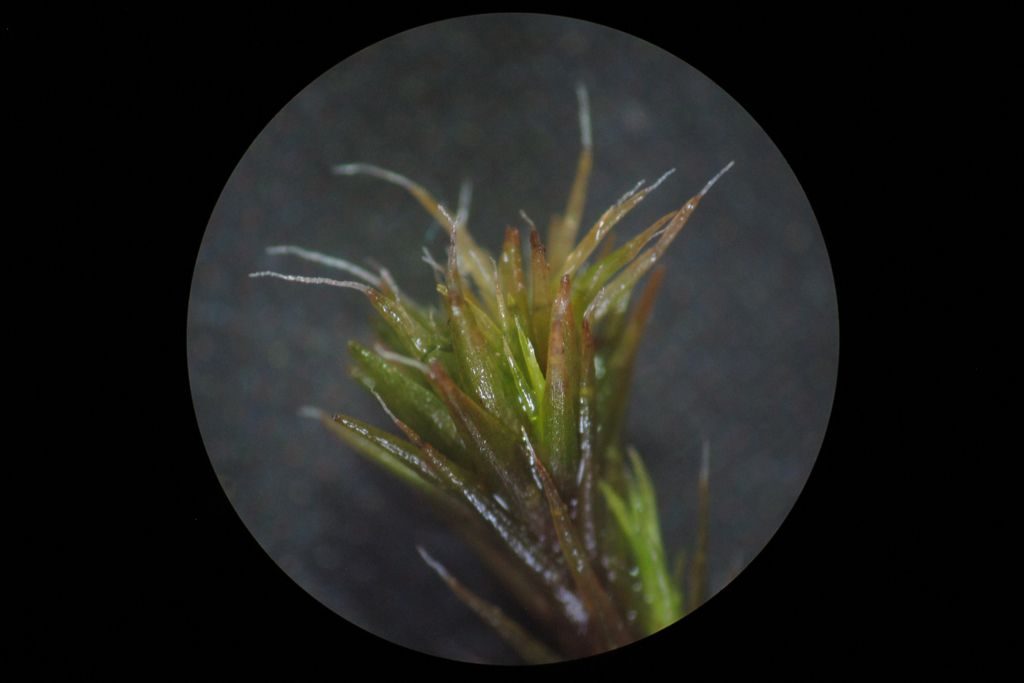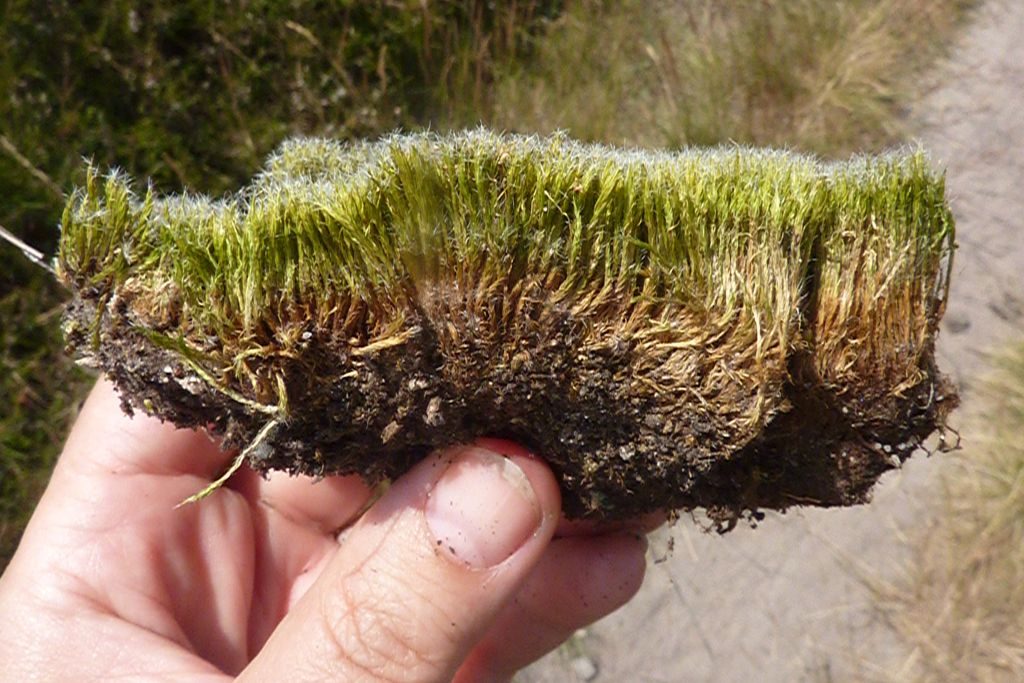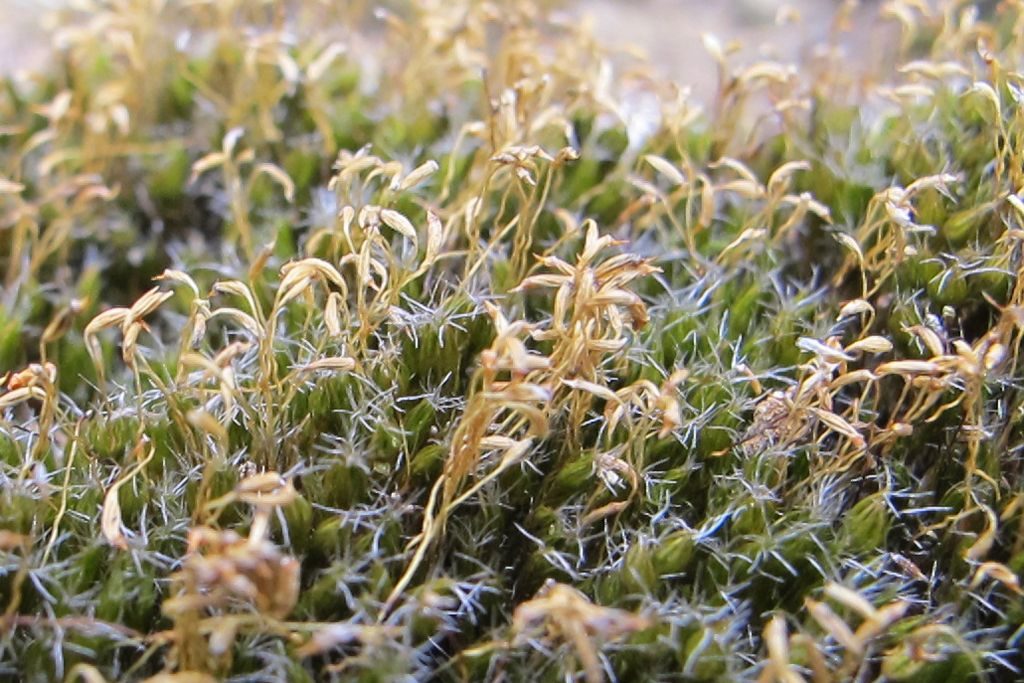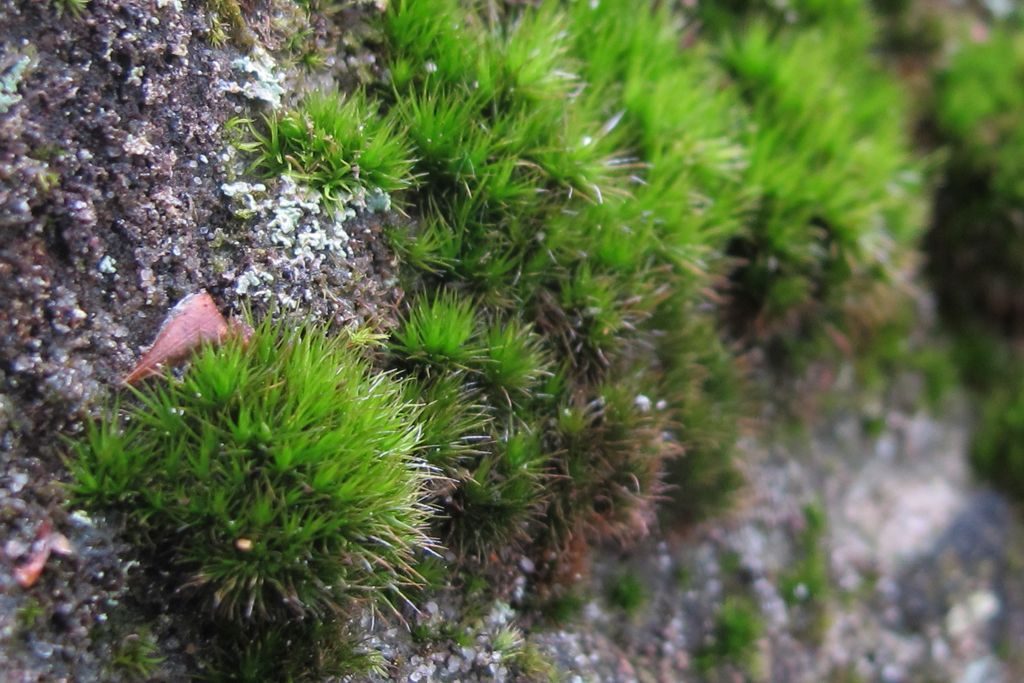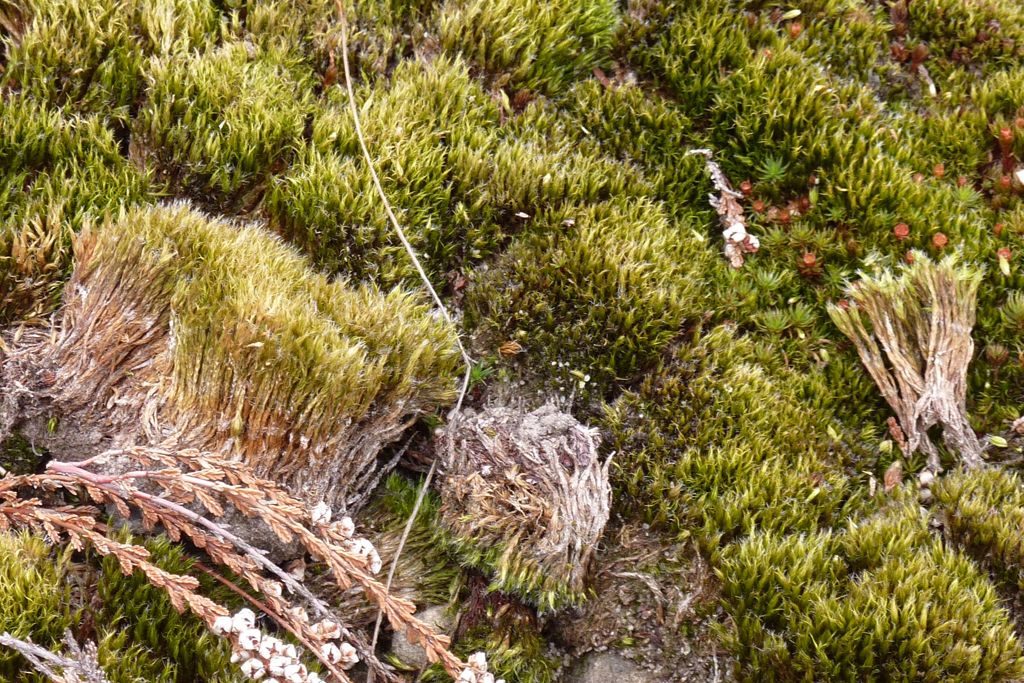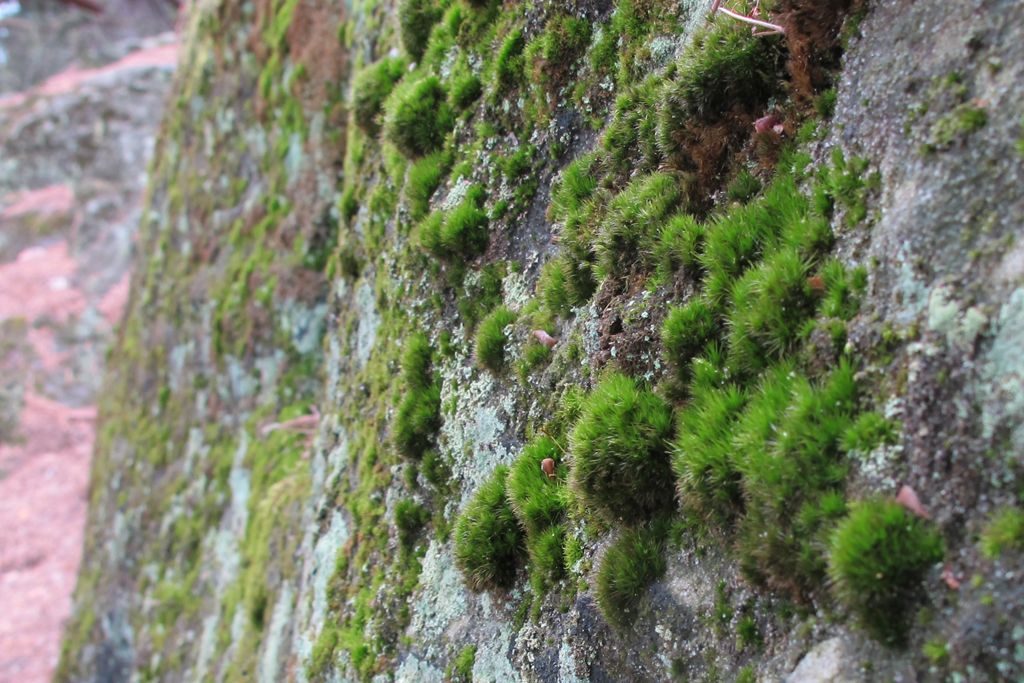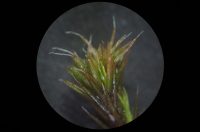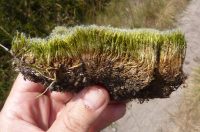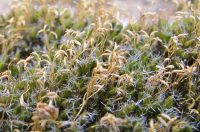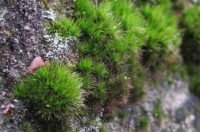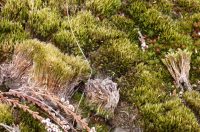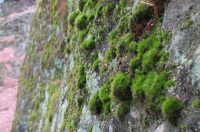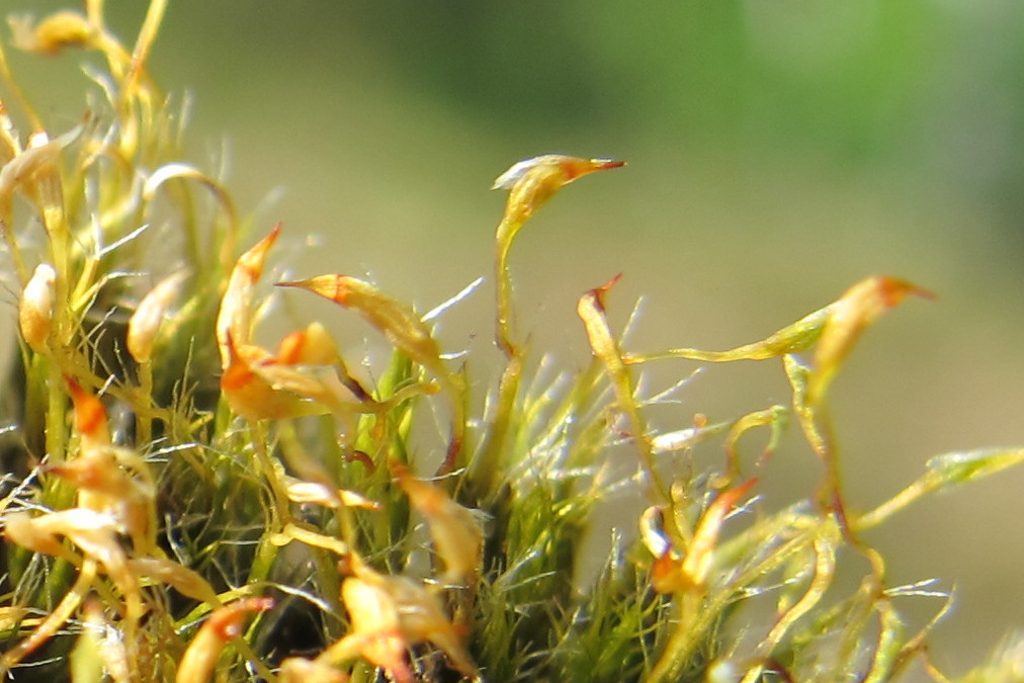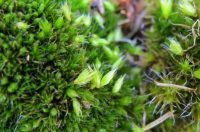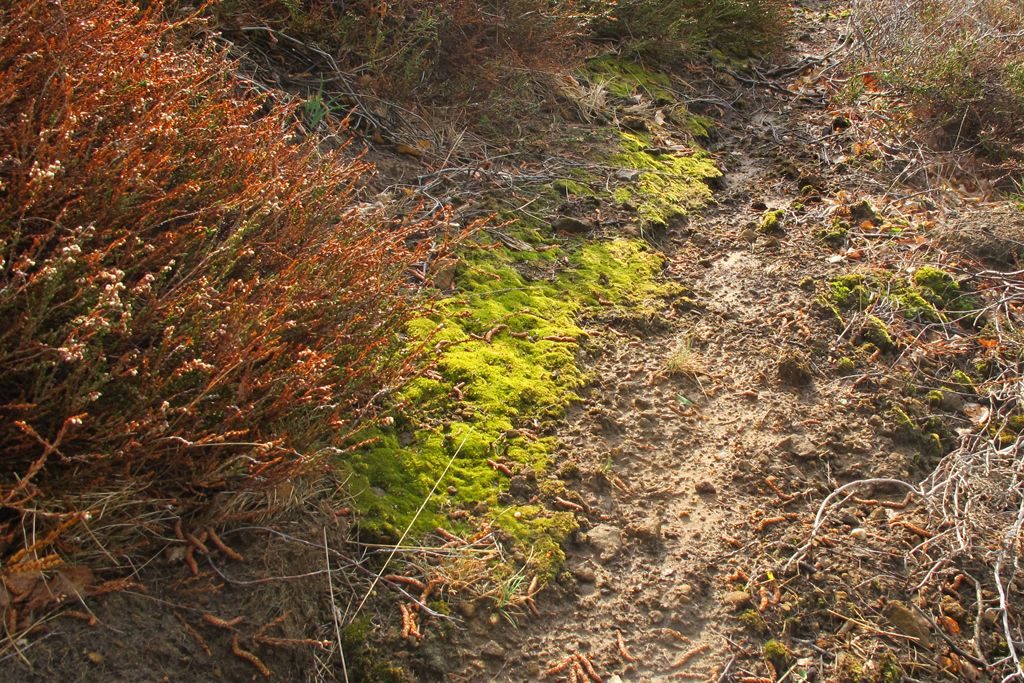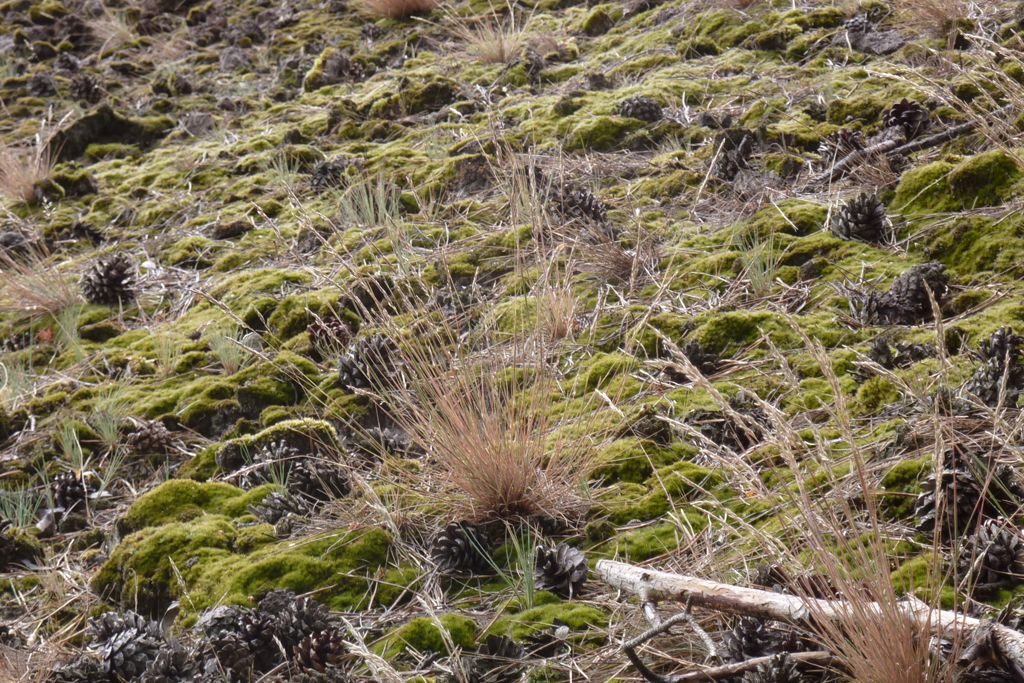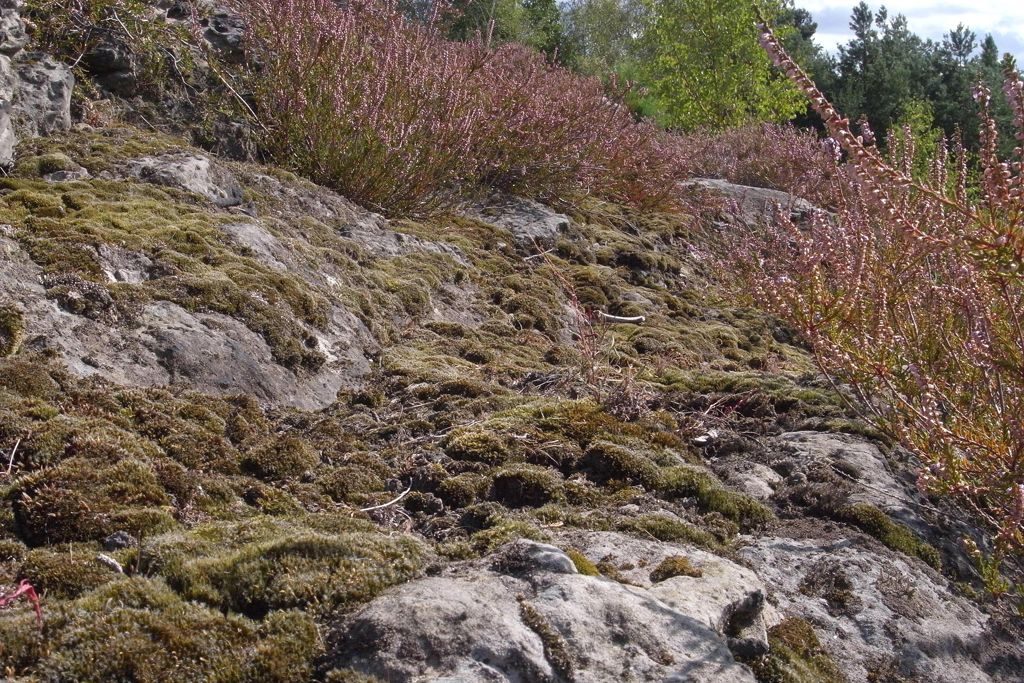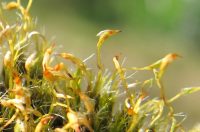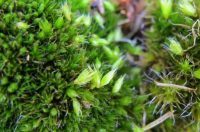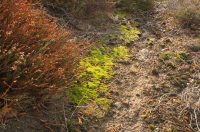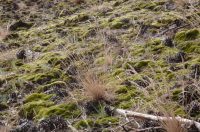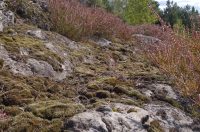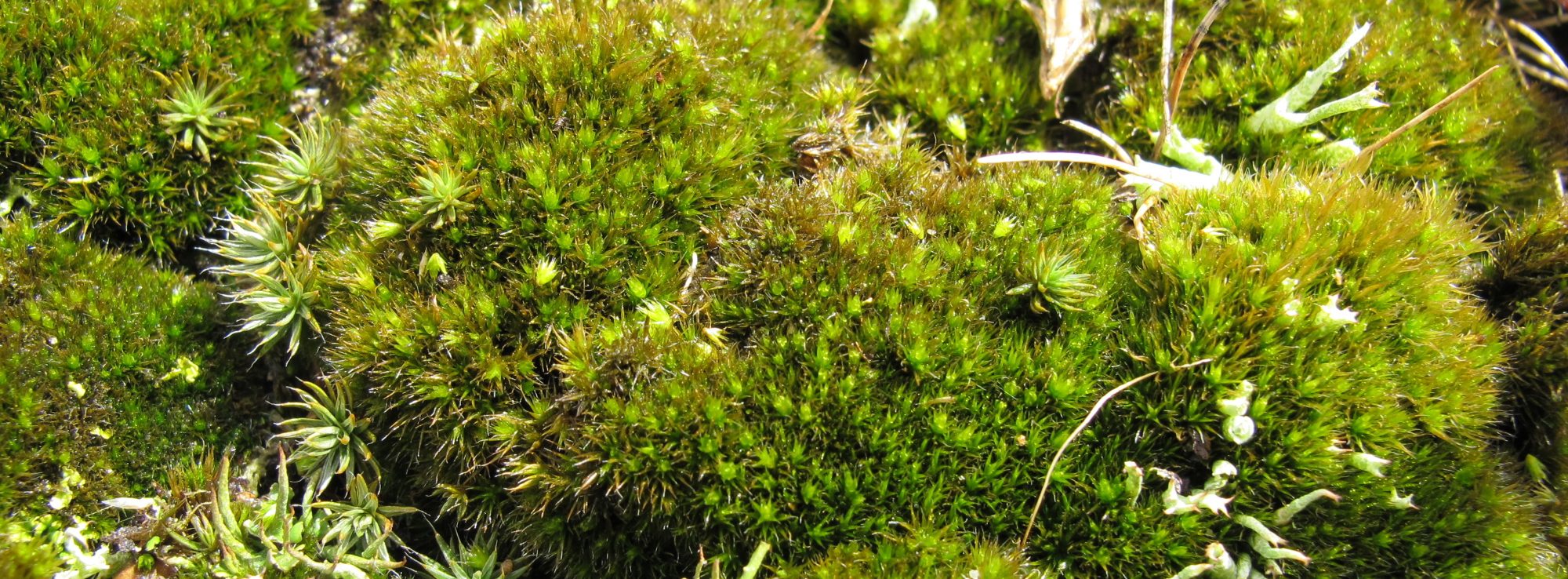
Kaktusmoos
Synonym(e): Langhaariges Krummstielmoos, Haartragendes Krummstielmoos, heath star mossAllgemeine Informationen
Schwarze Liste Sachsen-Anhalt (Managementliste) Steckbrief
Verbreitungskarte Atlas
Lebensräume: Heiden, Silbergrasfluren, Kippen, ehemalige Tagebaue
Problematische Vorkommen: Heiden, Silbergrasfluren, Pionierfluren auf Sandstein
Bestimmungshilfe pdf 0,4 MB
Steckbriefe/Factsheets: neobiota.de, Wikipedia, CABI Invasive Species Compendium (engl.), NOBANIS,
Literatur
BIERMANN, R., DANIELS, F. J. A. (1995): Campylopus introflexus (Dicranaceae, Bryopsida) in flechtenreichen Silbergrasfluren Mitteleuropas. In: F. J. A. Daniels, M. Schulz, and J. Peine (Hrsg.): Flechten Follmann. Contributions to lichenology in honour of Gerhard Follmann. 493-500. W >> BIERMANN, R. (1996): Campylopus introflexus (Hedw.) Brid. in Silbergrasfluren ostfriesischer Inseln. Ber. d. Reinh.-Tüxen-Ges. 8: 61-68. W >> CABI (2011): Campylopus introflexus. Datasheet Invasive Species Compendium. Stand: 14.10.2015 A M W >> EQUIHUA, M. & M. B. USHER (1993): Impact of Carpets of the Invasive Moss Campylopus Introflexus on Calluna Vulgaris Regeneration. – The Journal of Ecology 81/2: 359-365. W pdf 0,2MB HAHN, D. (2006): Neophyten auf den Ostfriesischen Inseln – Verbreitung, Ökologie und Vergesellschaftung. Dissertation Leibniz Universität Hannover. Schriftenreihe Nationalpark Niedersächsisches Wattenmeer Band 9. 179 S. A M V W >> HASSE, T. (2007): Campylopus introflexus invasion in a dune grassland: Succession, disturbance and relevance of existing plant invader concepts. – Herzogia 20: 305-315. W pdf 0,2 MB KLINCK, J. (2010): The alien invasive moss Campylopus introflexus in the Danish coastal dune system. Preferences – Development – Effects – Control -Master Thesis. Section for Ecology and Evolution, Department of Biology, Copenhagen University, 105 S. A M V pdf 3,1 MB KLINCK, J. (2010): NOBANIS – Invasive Alien Species Fact Sheet – Campylopus introflexus. – From: Online Database of the North European and Baltic Network on Invasive Alien Species – NOBANIS B M Ö V pdf 0,6 MB MARSTALLER, R. (2010): Moosgesellschaften in der Porphyrkuppenlandschaft bei Halle/S. (Sachsen-Anhalt). Hercynia N. F. 43: 19-70. V >> MÜLLER, F.: Campylopus introflexus (Hedw.) Brid. – Einwärtsgebogenes Krummstielmoos. www.artensteckbrief.de Stand: 22.10.2014 M V W >> NEU! RABITSCH, W. & NEHRING, S. (2021): Naturschutzfachliche Invasivitätsbewertungen für in Deutschland wild lebende gebietsfremde terrestrische Moose, Flechten und Pilze. BfN-Skripten 603. Bundesamt für Naturschutz. 123 S. A W >> SCHIRMEL, J., L. TIMLER & S. BUCHHOLZ (2010): Impact of the invasive moss Campylopus introflexus on carabid beetles (Coleoptera: Carabidae) and spiders (Araneae) in acidic coastal dunes at the southern Baltic Sea. – Biological Invasions 13/3: 605-620. W >> SCHNEIDER, K. (2011): Ergebnisse der Kartierung von Campylopus introflexus im Nordharzvorland – Stand 20.12.2011. Koordinationsstelle Invasive Neophyten in Schutzgebieten Sachsen-Anhalts: 37 S. V pdf 8 MB


